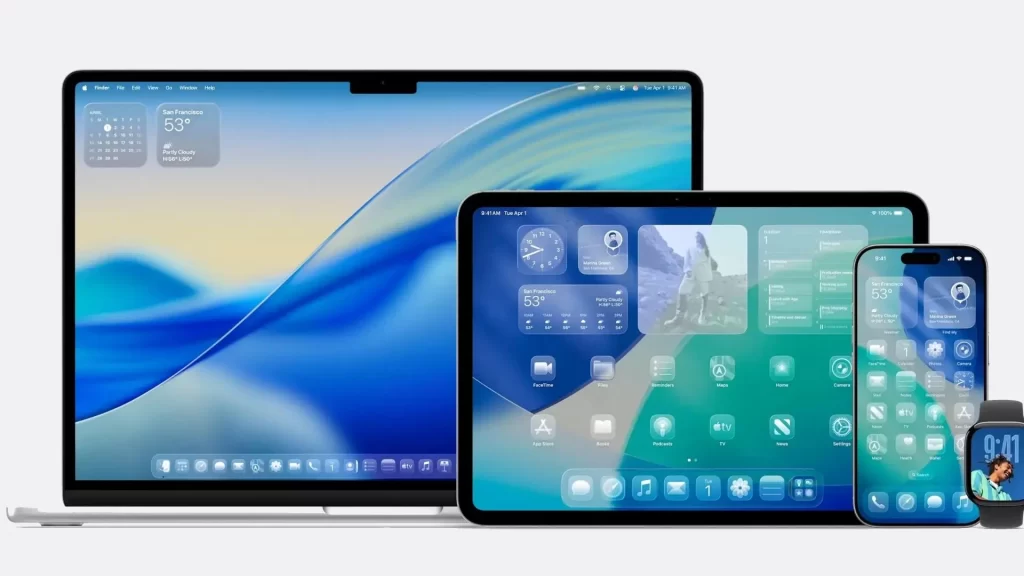From static screens to shifting surfaces, design is no longer a layer. It’s a living environment.
For years, user interface design was about clarity, order, and minimalism. Buttons behaved. Menus obeyed. The experience was flat – beautiful, but still. In 2025, that’s no longer enough.
With Apple’s latest design leap, Liquid Glass, and other systems following suit, we’re entering a new phase in interface evolution: one where the UI is no longer just visual. It’s sensory. Kinetic. Mood-aware. Alive.
From fixed to fluid: Why static design is outdated
Interfaces used to be blueprints. What you saw was what you got. But today’s users don’t just interact with apps, they move through them. They expect fluid motion, feedback, and expression. And the platforms are responding.
Liquid Glass, Apple’s refractive, translucent UI system, is just one sign. It bends light. It shifts in real-time based on the user’s wallpaper, inputs, even attention. Yes, it has its beta flaws. But it also signals a radical rethinking: interfaces are no longer objects. They’re environments. That changes everything.
Welcome to the mood board OS
Your phone isn’t just a tool. It’s an atmosphere. Think customizable layers, blur-reactive surfaces, and micro-animations that respond to your rhythm. We’re seeing OS-level designs that feel more like ambient art than architecture. Not function over form function through form.
This isn’t about aesthetics alone. A more dynamic interface means smarter communication. If your system responds to light, gesture, even emotion – it becomes intuitive in a way menus and static grids never could be.
Designing for movement, not just usability
The new generation of UI designers aren’t crafting layouts. They’re choreographing motion. Control Centers that melt into background visuals. Buttons that stretch, morph, reflect. Interfaces that change shape depending on context or user intent.
This is design in motion. Not for spectacle, but for fluidity. A home screen that breathes with you. A notification system that adjusts contrast based on environment. These aren’t details. They’re signs of a new design philosophy.
What it means for creators and brands
In this new ecosystem, static content risks irrelevance. Brands, developers, and storytellers must adapt to environments that shift, shimmer, and speak. If your app or campaign looks frozen in a liquid world, you’ve already lost the moment.
The takeaway? UI is no longer the frame around the message. It is the message. And in this world, attention doesn’t go to the loudest screen. It flows to the most alive.















